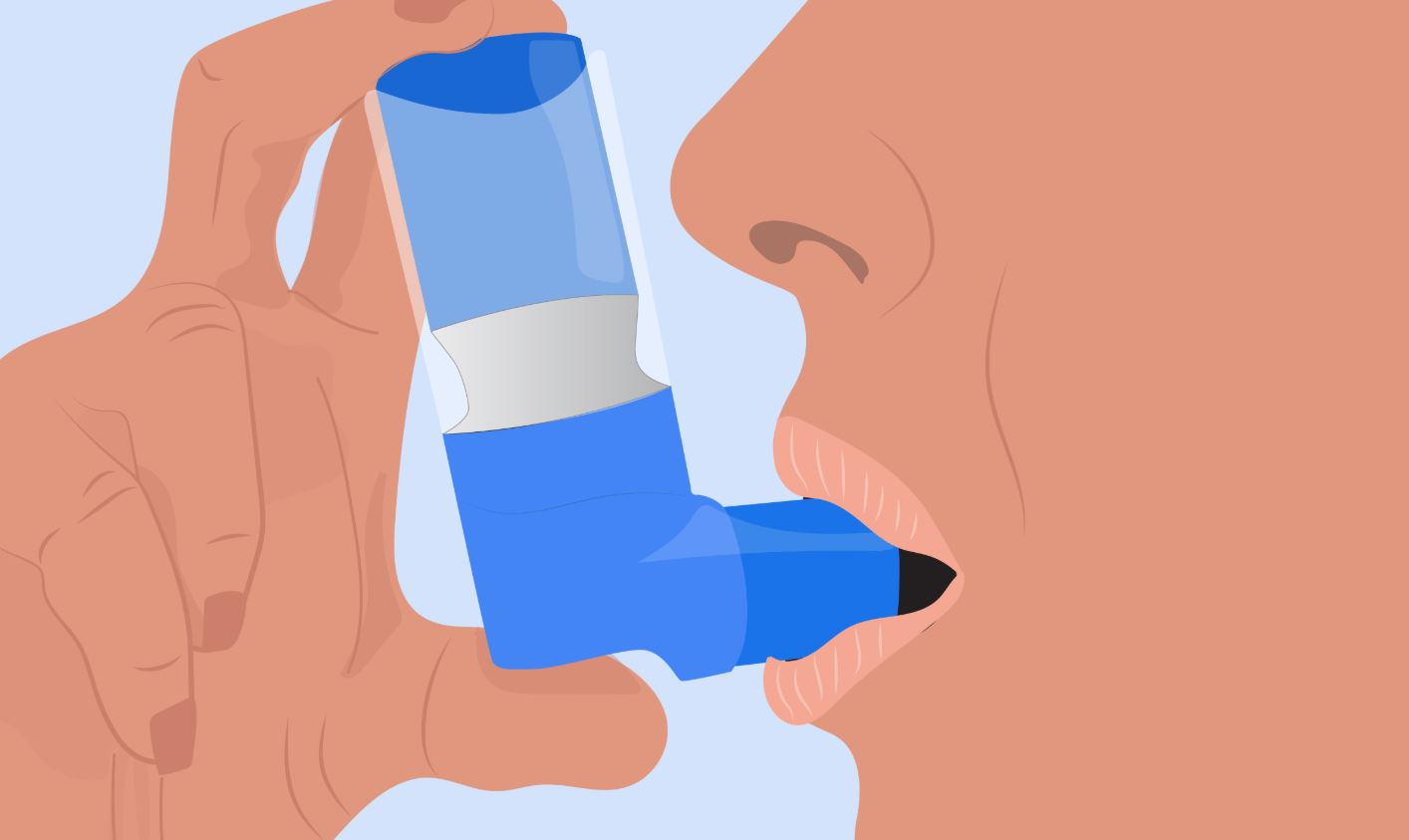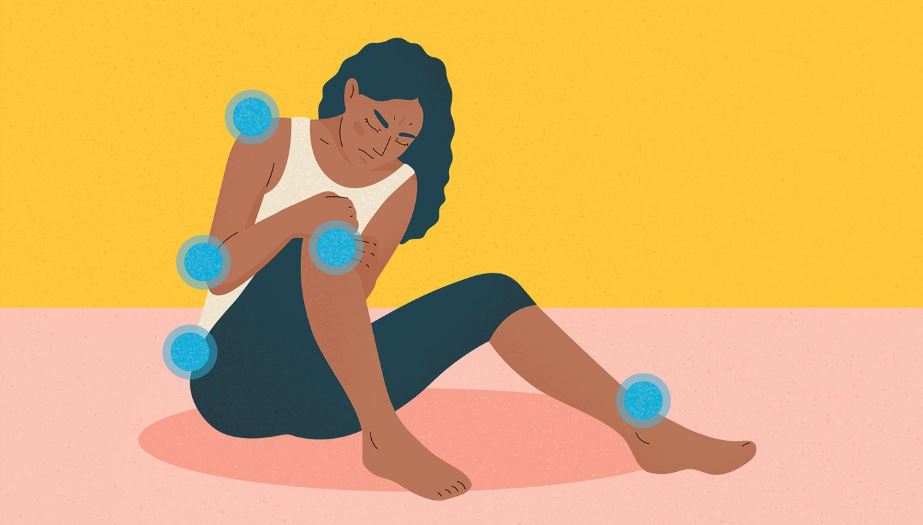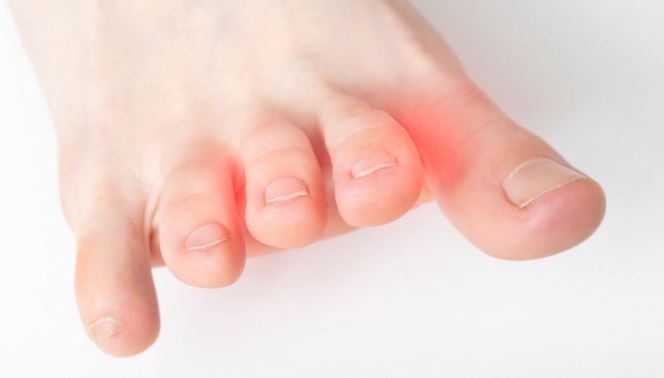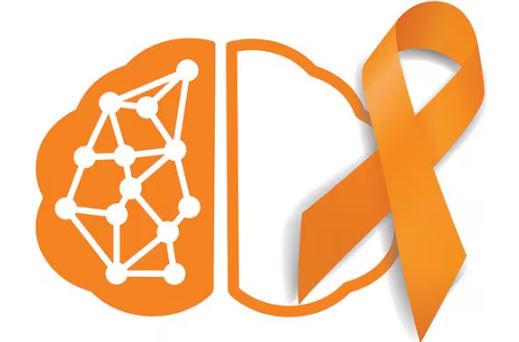When you think of arthritis, you might think of creaky knees, stiff hips, or painful, swollen fingers. Yes, arthritis commonly attacks joints in the hands, knees, and hips. But it can happen anywhere you have joints — including the toes. So, if you can’t bend your big toe or have swelling around your toes, this toe pain may be caused by arthritis too.
Toe arthritis can be caused by wear and tear of the cartilage in your toe joints, as well as inflammation of the toe joints. Arthritis most often attacks the big toe, but the other toes may be affected, too. Learn more about what causes toe arthritis and how it is treated.
Symptoms of Arthritis in Toes
Common symptoms of toe arthritis may include:
You have pain in the toes that can take hours or days to subside.
You have swelling and inflammation around the toe joints.
- With rheumatoid arthritis and psoriatic arthritis, swelling and edema is associated with redness.
- With osteoarthritis, there is more bone enlargement of the toe joints as a result of bone spur formation, says podiatrist Krista A. Archer, DPM, a podiatric surgeon who is on staff at Lenox Hill Hospital in New York City. Bone spurs are bony projections that develop along bone edges, often due to joint damage from arthritis.
You have restricted range of motion due to swelling or damage to cartilage (a rubbery substance on the edges of bones that lubricates the joint) in any joints that are in the toes, midfoot, rearfoot, and ankle, says Dr. Archer. Bone spurs will often develop around the joint, restricting movement.
You may be unable to bend your big toe upward and have pain when doing so, says Chadwick Hampton, MD, an orthopedic surgeon at Palm Beach Gardens Medical Center in Palm Beach Gardens, Florida. That can make it difficult and painful to walk.
Click Here to Visit the Store and find Much More….
Your toe may become bent permanently downward and can’t be positioned flat on the floor.
Your pain worsens with weight-bearing activities like jogging, walking, and climbing stairs. “It depends on how severe the deformity is to predict what kind of activities will be painful,” says Dr. Archer.
You may have a bump form (a pressure sore) when the joints rub together. It resembles a callus or bunion.
You may have pitted, separated, or thick toenails.
You may have curling of the toes, such claw toe or hammertoe.
You may have pain in joints in the in the midfoot (cuboid, cuneiform, metcuneiform) and rearfoot (talonavicular, calcaneocuboid).
You may have numbness, burning, or tingling in the foot or ankle.
Types of Arthritis that Affect the Toes
If you have arthritis in your toes, it’s important to understand the type of arthritis that might be causing it, because each type of arthritis has specific medications and treatments. Here are some of the more common types of arthritis that strike in toes.
Osteoarthritis
Osteoarthritis (OA) is a degenerative joint disease where the cartilage that cushions the ends of a joint wears away gradually. Osteoarthritis often occurs because of typical wear and tear on a joint that happens with age; it can also occur as a result of injury to the joint. OA most commonly occurs in the joint at the bottom of the big toe, which is called the metatarsophalangeal or MTP joint.
Rheumatoid arthritis
Rheumatoid arthritis (RA) is a chronic inflammatory disease in which the body’s immune system attacks itself, causing inflammation and pain in the joints. RA can affect several small joints in the foot at the same time, including those in the toes. RA often occurs in the small joints of the hands and feet first, though it can affect other joints, such as the knees, elbows, hip, and neck. Around 90 percent of people with RA will have foot problems.
Click Here to Visit the Store and find Much More….
Gout
For many people, pain and swelling in the big toe, especially at the joint where the toe meets with the foot, is the first symptom of gout. Gout is a type of arthritis that occurs because elevated levels of uric acid in the blood accumulate in and aggravate joints, causing inflammation. Gout attacks can affect other joints aside from the big toe, including the ankles, foot, knees, or elbows. Lumps of uric acid, called gout tophi, may become visible underneath the skin around the toes, ankles, and other joints after you’ve had gout for years or if you have severe gout that is not well controlled.
Psoriatic arthritis
Psoriatic arthritis is an inflammatory arthritis linked to psoriasis, an autoimmune skin disease that causes red, silver, scaly rashes on the skin. It’s characterized by pain, stiffness, and swelling in the joints. People with psoriatic arthritis might notice pain, stiffness, and swelling in the “knuckles” of the toes, says rheumatologist Arthur M. Mandelin, MD, PhD, associate professor of medicine at the Northwestern Medicine Feinberg School of Medicine in Chicago. People with PsA are likely to have problems with their toenails, such as pitting and crumbling, as well as swollen fingers and toes, a condition called dactylitis that makes them appear sausage-like. Enthesitis, or inflammation at the sites where tendons and ligaments attach to bones, is also common in PsA. This can affect the Achilles tendon at the heel or cause plantar fasciitis along the bottom of the foot.
Infectious Arthritis
Also called septic arthritis, this type of arthritis typically causes extreme pain and difficulty using the affected join. Septic arthritis is caused by bacteria or fungi that are carried through the bloodstream from another area of the body, usually settling in one joint. A bacterial infection from an injury or opening from a surgical procedure can also cause infectious arthritis by bringing germs directly to the joint. Pain worsens with movement and comes on rapidly in hours or days. It may include a swollen, red, and warm joint accompanied by fever, chills, fatigue/weakness, and the inability to move the affected joint.
How Arthritis in the Toes Is Diagnosed
The diagnosis of arthritis in toes begins with taking your medical history and a physical exam of your foot. The doctor will look at your entire foot, not just your toes. They’re looking for pain, deformity, and loss of function, says Dr. Archer. Your doctor will likely order an X-ray of the foot to help determine whether there is joint damage or changes in the alignment of bones in the foot.
If your doctor suspects you could have a type of inflammatory arthritis, such as RA or PsA, they may order blood tests to look for signs of inflammation (such as C-reactive protein or erythrocyte sedimentation rate) as well as antibodies (such as rheumatoid factor or anti-CCP). If your doctor suspects you could have gout, they may give you a blood test to look for elevated levels of uric acid and draw fluid from the joint to look for uric acid crystals.
How Arthritis in the Toes Is Treated
Treatment for arthritis of the toes depends on the type of arthritis that you have. It typically starts with conservative measures.
Click Here to Visit the Store and find Much More….
Non-Steroidal Anti-Inflammatory Drugs (NSAIDs)
Over-the-counter medications like ibuprofen (Advil) and naproxen (Aleve), as well as prescription NSAIDs, can help relieve pain and swelling in the joints. However, even though many NSAIDs are available over the counter, they can have side effects (such as causing stomach ulcers, increased heart attack risk, and kidney problems) especially when taken for the long term and/or in high doses. NSAIDs are a first-line of treatment in OA to reduce pain and stiffness. In inflammatory arthritis and gout, they can be used along with other kinds of medication to treat inflammation, pain, and swelling.
A topical gel like diclofenac (Voltaren) may be prescribed for toe arthritis, says Dr. Hampton. Topicals are good if you can’t take oral medications or medications aren’t helping with the pain.
Steroid injections
This medication can help treat and relieve inflammation. An occasional shot can be given in any toe and offer temporary pain relief and reduce inflammation. Injections shouldn’t be done repeatedly; frequent injections can damage cartilage. “I give a certain dose and I won’t give it more than three times a year or no more than once every four months,” says Dr. Hampton.
Disease-Modifying Antirheumatic Drugs (DMARDs)
If you have an inflammatory arthritis like rheumatoid arthritis, disease-modifying anti-rheumatic drugs (DMARDs) such as methotrexate are used as a first-line therapy to help reduce the immune system activity that triggers inflammation and pain. DMARDs are not used for osteoarthritis.
Biologics
Biologics are a newer class of DMARDs that target specific immune system pathways to reduce immune system activity that is causing inflammation and pain. They’re used to treat inflammatory types of arthritis, such as rheumatoid arthritis and psoriatic arthritis, and are typically offered after patients haven’t responded to conventional DMARDs like methotrexate.
Gout medications
There are two main kinds of drugs used to treat gout: those used during a flare to reduce inflammation and pain and those used preventively to lower uric acid levels and prevent future flares from occurring. Medications used to treat inflammation in an acute gout flare include NSAIDs, oral corticosteroids or steroid injections, or a drug called colchicine. Medications called xanthine oxidase inhibitors limit the amount of uric acid your body produces. These include allopurinol (Zyloprim and Aloprim) and febuxostat (Uloric). Another class of drugs called uricosurics help your kidneys remove uric acid from the body. These include probenecid (Probalan) and lesinurad (Zurampic). An infused drug called pegloticase (Krystexxa) can help the body eliminate uric acid in people whose gout hasn’t been well controlled with other medication.
Click Here to Visit the Store and find Much More….
If your gout attack is limited to one or two joints and your pain is mild to moderate, you may only need one of these medications to control the inflammation. However, if your pain is severe, and if one or more of your larger joints (not just a toe) are involved, you may need a combination of treatments to get it under control. Also, if one drug doesn’t work well enough to treat your gout attack symptoms, your doctor may switch you to a different medication or try a combination of medications.
Physical Therapy for Arthritis in Toes
Your doctor may send you for physical therapy to help improve your range of motion and strengthen the muscles around your foot. “Physical therapy can increase pain-free range of motion and strengthen the muscles of the foot to take pressure off the painful joint,” says David Geier, MD, an orthopedic surgeon, sports medicine specialist, and author of That’s Gotta Hurt: The Injuries That Changed Sports Forever. These exercises relieve stiffness and increase your ability to move your joints through their full range of motion.
Home Remedies for Arthritis in Toes
You can do some things on your own to help remedy your toe arthritis.
Modify your footwear
You want to wear shoes that take pressure of your toe joints to relieve some of the stress from arthritis of the toes. Look for footwear with a more rigid, stiff sole (which will provide support) and wide toe box to help prevent excessive stress and bending forces on the toe joints. Ditch high heels; they put your foot in an unnatural position that takes a toll over time.
Soothe with ice and heat
Cold therapy can provide relief for inflamed joints in the wrist. Cold constricts the blood vessels in the muscles, which decreases blood flow to the joint area to help reduce swelling and inflammation. Heat therapy warms the skin and the joints, which causes blood vessels to dilate, and sends more oxygen and nutrients to the joints and muscles. Try both and see which makes you feel best.
Click Here to Visit the Store and find Much More….
Exercise to maintain a healthy weight
Control your weight with regular, low-impact aerobic exercise that doesn’t hurt your toes. Cycling on a recumbent bike or swimming are good options. Keeping your weight close to your ideal body mass index (BMI) is one of the best things you can do to control your toe pain. Being at a healthy weight “balances the pathomechanics [the mechanics of damaged bones, tendons] of the entire foot and relieves stress on toes,” says Dr. Archer. It’s also a good idea to do specific exercises that strengthen your Achilles tendon (the cord at the back of your heel) as well as the tendons in the balls of your feet and toes. You can even simply wiggle your toes.
Eat a clean diet
Maintaining a healthy weight helps reduce stress on the joints. Feet are a weight-bearing joint, so obesity makes arthritis worse. Losing excess pounds can lead to less pain and better function. You especially want to eat healthfully since your exercise abilities may be limited if you have a lot of pain in your toes. Aim to eat foods that may help reduce inflammation, called anti-inflammatory foods.
Surgery for Arthritis in Toes
Surgery isn’t usually necessary for arthritis of the toes. It’s usually a last resort since you may still have discomfort and have an increased risk of infection after surgery. But several surgical procedures outlined below can be done if other treatments for toe arthritis have not helped.
Cheilectomy for Arthritis in Toes
The most common surgery, cheilectomy, involves removing bone spurs that have formed around joints that have become arthritic. It’s typically done when arthritis is in the big toe. It can help relieve discomfort around the joint and improve the movement of the joint. The toe may stay swollen for several months, but you’ll likely experience long-term relief. However, removing bone spurs doesn’t address the worn-out cartilage within the joint. So bone spurs often return in the future. “This surgery has a high revision rate because you’re treating the arthritis as it’s in progression. So [the condition] continues to progress.” says Dr. Hampton. “You’ve removed the bad parts of the bone but you don’t actually replace the joint.”
Arthroplasty for Arthritis in Toes
Here, joint surfaces are removed and replaced with an artificial joint. This procedure is geared for older adults who aren’t as physically active.
Fusion for Arthritis in Toes
This surgical procedure stimulates bone growth across the joint. The joint is fused together permanently with pins, screws, or a plate. When bone grows across the toe joint, it won’t bend anymore. But since the joint is fused, pain is also relieved. Dr. Archer says that she rarely does this type of surgery. “It’s usually done in active laborers, like carpenters and mechanics, to give them a stable joint with no pain,” says Dr. Geier.
Click Here to Visit the Store and find Much More….
For More Information Related to Fibromyalgia Visit below sites:
References:
Fibromyalgia Contact Us Directly
Click here to Contact us Directly on Inbox
Official Fibromyalgia Blogs
Click here to Get the latest Chronic illness Updates
Fibromyalgia Stores
Click here to Visit Fibromyalgia Store










